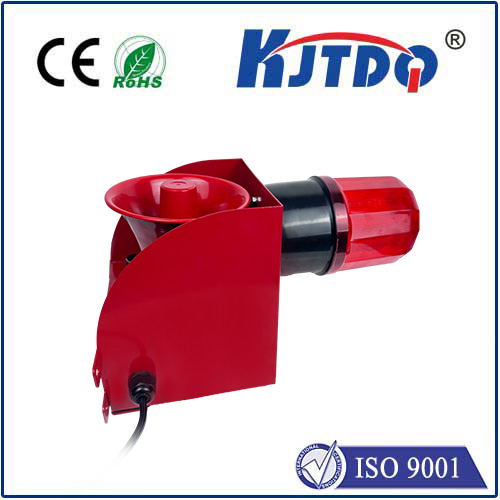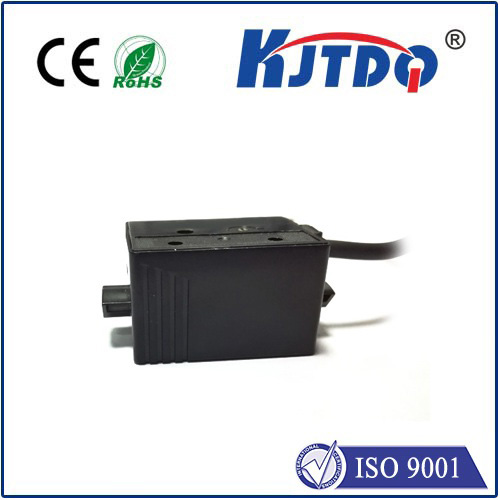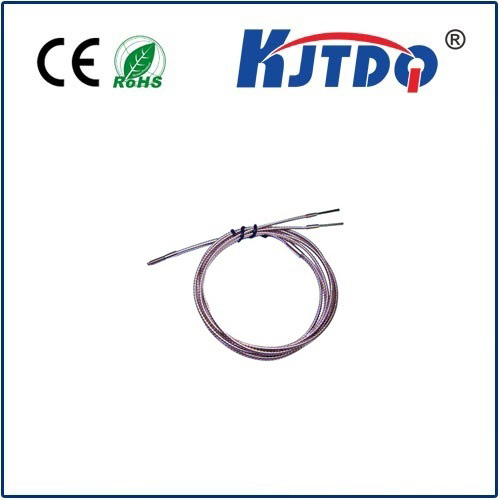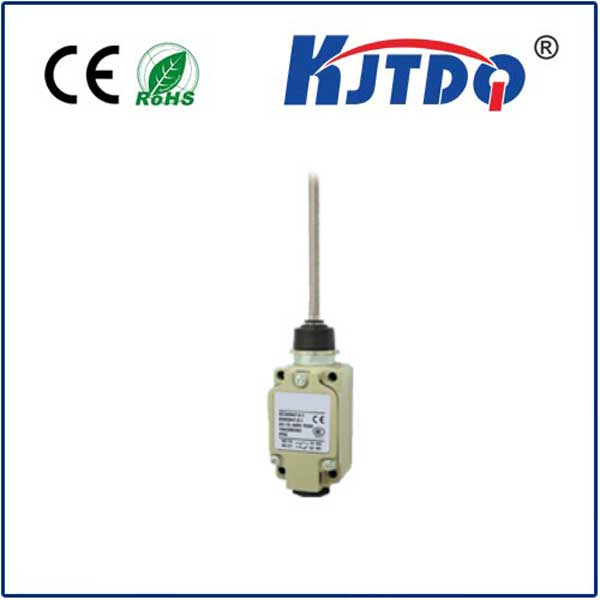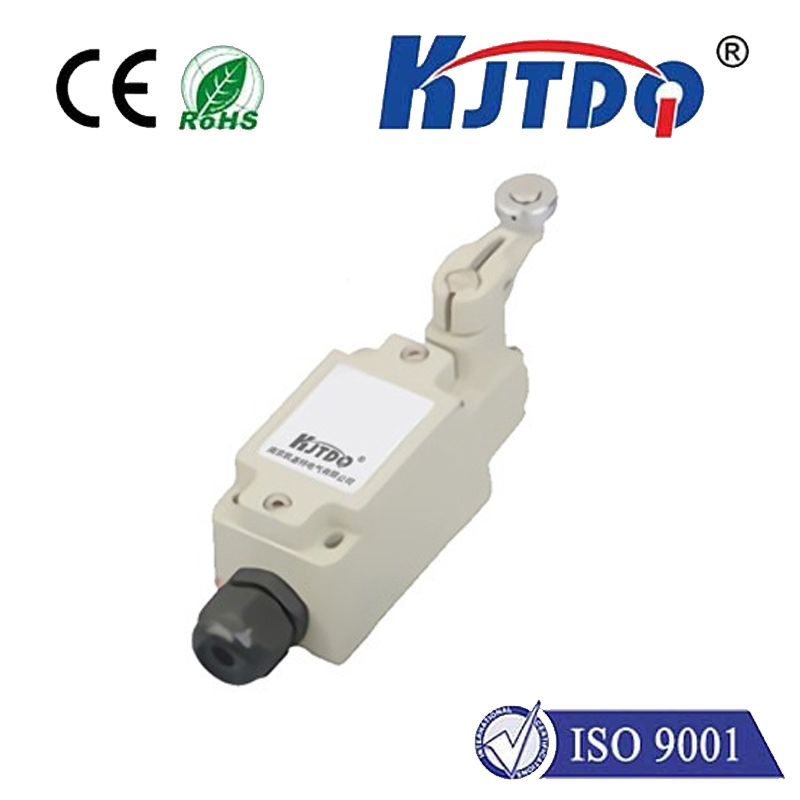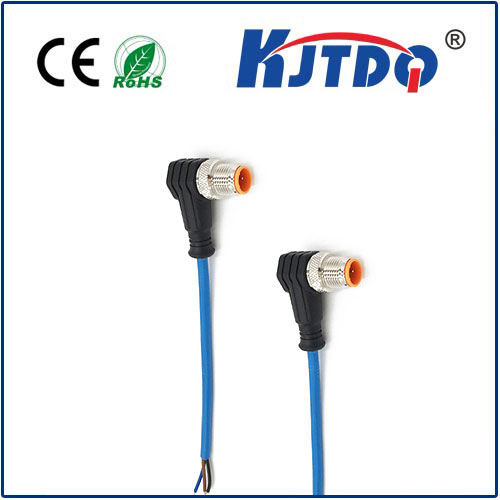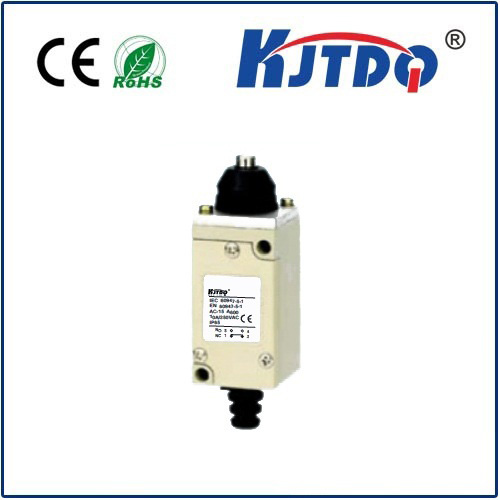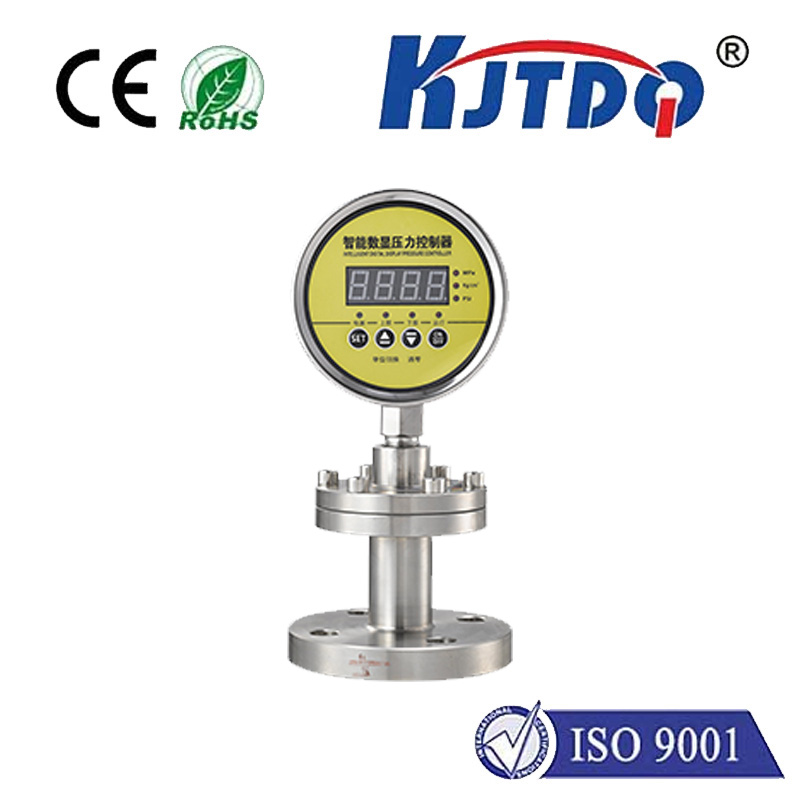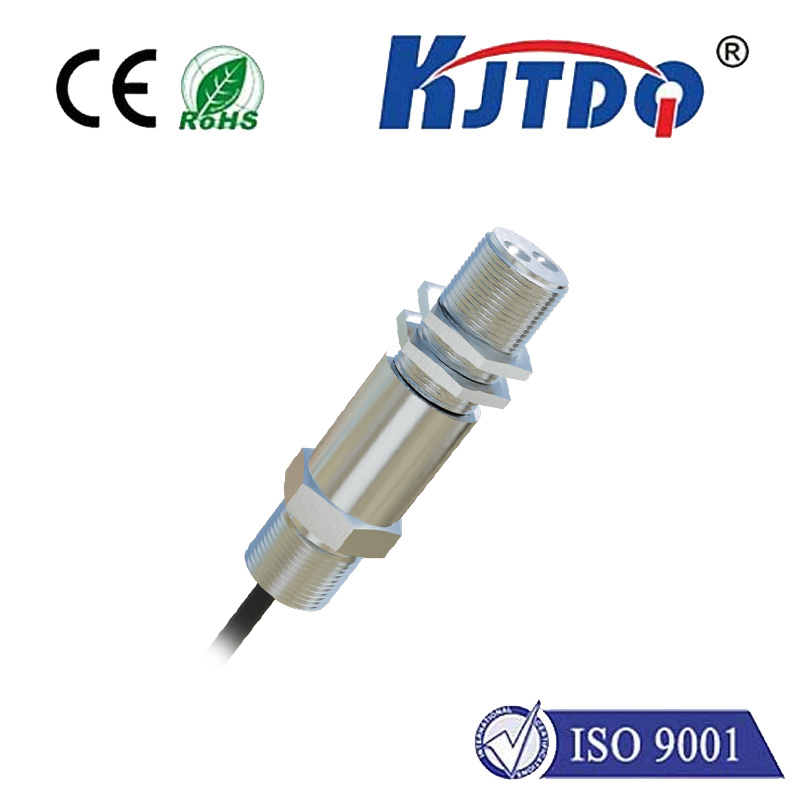
check

check

check

check
lectric Photo Sensor: Revolutionizing Light Detection
In the ever-evolving world of technology, advancements in sensors have been nothing short of revolutionary. One such innovation is the electric photo sensor, a device that has significantly transformed the way we detect and measure light. This article explores the workings of an electric photo sensor and its applications in various industries.
What is an Electric Photo Sensor?
An electric photo sensor, also known as a photoelectric sensor or optoelectronic sensor, is a device that converts light into an electrical signal. It consists of a light source, typically a light-emitting diode (LED), and a photodetector, which is usually a semiconductor material like silicon. When light falls on the photodetector, it generates a current proportional to the intensity of the incident light. This current can then be measured and analyzed to determine the characteristics of the light.
How Does an Electric Photo Sensor Work?

The basic principle behind an electric photo sensor is the photoelectric effect, discovered by Albert Einstein in 1905. According to this effect, when light strikes a material, it can cause electrons to be ejected from the surface of that material. In an electric photo sensor, the light source emits photons, which are particles of light. These photons hit the photodetector, causing electrons to be released from the semiconductor material. The flow of these electrons creates an electrical current, which can be measured and used for various purposes.
Applications of Electric Photo Sensors
Electric photo sensors have found widespread use in numerous industries due to their accuracy and reliability. Some of the key applications include:
1. Automation and Manufacturing: In manufacturing processes, electric photo sensors are used to detect objects, count items, and control machinery. They play a crucial role in quality control by inspecting products for defects or measuring dimensions with high precision.
2. Security Systems: Electric photo sensors are commonly used in security systems to detect motion or intruders. They can be integrated into alarm systems, access control systems, and surveillance cameras to provide real-time monitoring of a facility or area.
3. Environmental Monitoring: Electric photo sensors are employed in environmental monitoring to measure factors such as air quality, water pollution, and radiation levels. By analyzing the light absorption and emission properties of different substances, these sensors help identify pollutants and assess environmental risks.
4. Medical Devices: In the medical field, electric photo sensors are used in diagnostic equipment to detect specific wavelengths of light emitted by biological tissues or chemicals. This helps doctors diagnose diseases, monitor patient health, and evaluate treatment effectiveness.
5. Agriculture: Electric photo sensors are also utilized in agriculture to measure plant growth, soil moisture, and nutrient levels. This data helps farmers optimize crop yields and improve overall agricultural practices.
Conclusion
The electric photo sensor represents a significant technological advancement that has revolutionized light detection across various sectors. Its ability to convert light into an electrical signal has enabled numerous applications ranging from automation and security to environmental monitoring and medical diagnostics. As technology continues to progress, we can expect further innovations in electric photo sensors, opening up new possibilities for improving our everyday lives.

